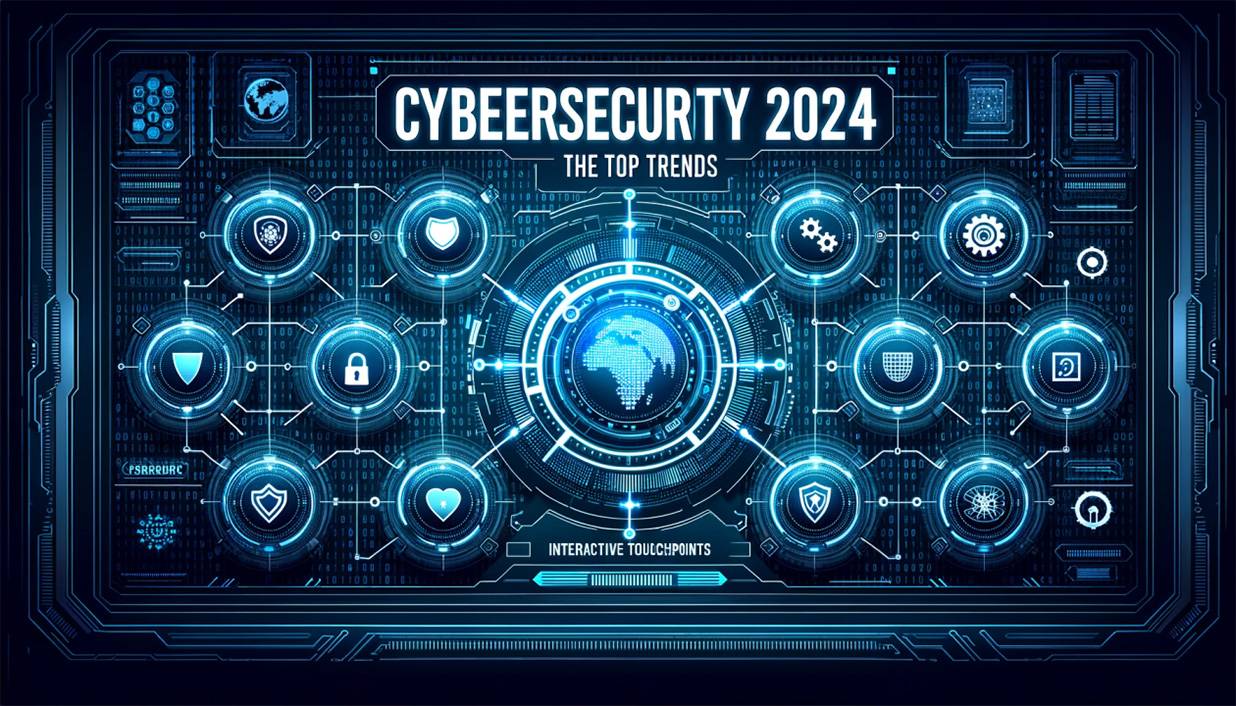As we step into 2024, the cybersecurity landscape continues to evolve rapidly. Organizations face new challenges and opportunities in safeguarding their digital assets. In this blog, we’ll explore the key trends that will shape cybersecurity this year in my opinion.
1. Generative AI (GenAI): Short-term Skepticism, Longer-Term Hope
Generative AI, powered by large language models (LLMs) like ChatGPT and Gemini, is gaining prominence. While it promises productivity increases and skills gap reductions, security leaders should approach it with caution. Collaborating with business stakeholders is crucial to ensure ethical, safe, and secure use of GenAI.
2. Cybersecurity Outcome-Driven Metrics (ODMs): Bridging Boardroom Communication Gap
The frequency and impact of cybersecurity incidents continue to rise, affecting board and executive confidence. ODMs allow stakeholders to connect cybersecurity investments directly to protection levels. These metrics provide a defensible investment strategy, expressed in simple language that resonates with non-IT executives.
3. Ransomware Awareness: Companies on High Alert
Companies are more vigilant than ever when it comes to ransomware threats. High-profile attacks have highlighted the need for robust defenses, incident response plans, and employee training. Organizations are investing in technologies that detect, prevent, and mitigate ransomware attacks.
4. Accelerated Innovation on Offense: Staying Ahead of Cybercriminals
While defenders improve their security posture, cybercriminals are equally innovative. Offensive techniques, such as zero-day exploits and advanced persistent threats (APTs), are evolving rapidly. Security teams must stay ahead by adopting proactive threat intelligence and threat hunting practices.
5. Board Engagement in Cybersecurity: Strategic Importance Recognized
In 2024, boards are actively engaging with cybersecurity matters. They recognize the strategic importance of security and its impact on business continuity. Board members seek regular updates, risk assessments, and clear communication from security leaders.
Remember, cybersecurity is a dynamic field, and staying informed about emerging threats and trends is essential. By addressing these trends, organizations can enhance their resilience and protect their digital assets effectively.

